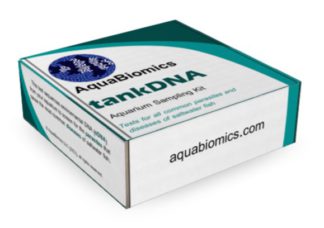Really interesting talk by Eli Meyer who runs AquaBiomics. Been looking into this a lot since restarting the tank as LR has become so scarce (not cycled rock). This will be my first tank started with Dry Rock. Very long video and not for everyone but interesting none the less. My cliff notes are below
Few Highlights I thought were interesting:
Watch the video if you would like more then the cliff notes here.
Few Highlights I thought were interesting:
- The diversity of bacteria is all present in the water column, just varying concentrations from solid surfaces, so adding used water to a new tank will inoculate a new tank if you don't want to move rock/sand.
- UV eradicates one entire family of bacteria from the tank completely which happens to be the most prevalent family in NSW. No conclusion on bad/good. Just a distinct effect.
- Most Bacteria in a Bottle don't show up on AquaBionics tests. [Likely because most of these are fresh water species developed for water treatment that can't reproduce. Note - I am trying out PNS bacteria that are cultured in salt water which is not a "Bacteria in a Bottle" per this statement. No data on it actually being useful though but does show up on these tests so it falls out of this blanket statement]
- The Bacteria responsible for converting Ammonia to Nitrite is not a bacteria at all - so the "Bacteria Cycle" term is technically incorrect.
- Diversity on a dry rock tank is significantly lower than a LR tank, at least initially.
- Strong correlation between diverse population and successful reef tanks, but nothing on a tailored recipe for the diversity.
- Tank diversity lower than NSW and tends to fall over time. [Since our small tanks lack the diversity of pretty much everything on a reef, this would be expected and some bacteria might not have a role to play in ones tank]
- Carbon Dosing decreases the amount of Nitrifying Bacteria in your tank. Dosing instead fuels the growth of bacteria from different families all together (3 specifically) What carbon effects what family and more details on effect are not know currently.
- Effect of skimmer on biodiversity unknown currently.
- Results of Cipro test on Biodiversity and medication dosage for the dreaded brown slime. Result = Minimal effect with a low dosage.
Watch the video if you would like more then the cliff notes here.
Last edited:


